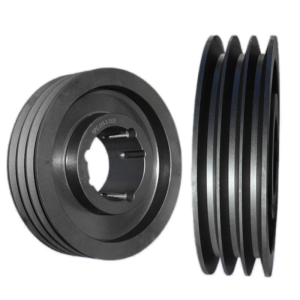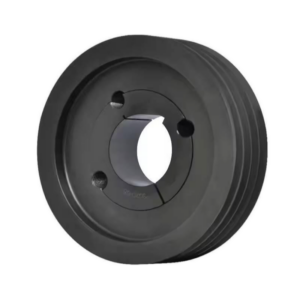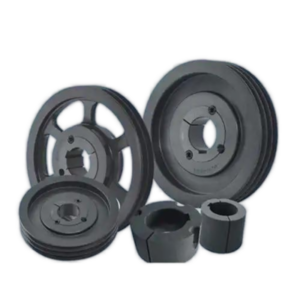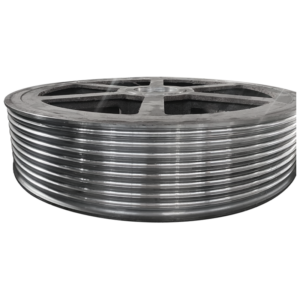As industrial automation and smart manufacturing continue to advance, traditional mechanical transmission components—pulleys—are undergoing significant technological transformation. As a key element in power transmission, the development of pulleys reflects not only improvements in efficiency but also the industry’s increasing demands for advanced materials, precision design, and intelligent functionality.
1. High-Performance Materials
Future pulleys will increasingly adopt high-strength, lightweight materials such as advanced engineering plastics, composites, and wear-resistant alloys. These materials reduce overall equipment weight while enhancing durability and lifespan, particularly in high-speed and heavy-load industrial applications.
2. Precision and Standardization
With rising demands for transmission accuracy, the precision, balance, and surface treatment of pulleys are becoming increasingly important. Through CNC machining and advanced manufacturing technologies, manufacturers can offer more stable and efficient transmission solutions while accommodating customized requirements.
3. Intelligent and Digital Manufacturing
In the era of Industry 4.0, pulley production and management are becoming more digital and intelligent. By integrating IoT and sensor technologies, pulleys can provide real-time monitoring of conditions such as vibration, temperature, and wear, enabling predictive maintenance and minimizing downtime.
4. Energy Efficiency and Sustainability
In response to global energy-saving and environmental goals, pulley designs are trending toward low friction, low noise, and reduced energy consumption. Optimized tooth profiles and surface treatments help minimize energy loss, improving overall system efficiency in line with green manufacturing principles.
5. Customization and Flexible Production
Different industries have diverse requirements for pulley performance. Future production will be more flexible, allowing rapid customization to meet specific operational needs. Through modular designs and flexible manufacturing systems, companies can offer comprehensive solutions ranging from standard components to high-end custom products.
Conclusion
The future of pulleys represents more than just an upgrade of traditional mechanical parts—it is a reflection of intelligent manufacturing and sustainable industry. High-performance materials, precision manufacturing, intelligent monitoring, and energy efficiency will define the main trends. Companies that align with these developments will not only enhance product competitiveness but also secure a strong position in the wave of industrial automation and smart manufacturing.





